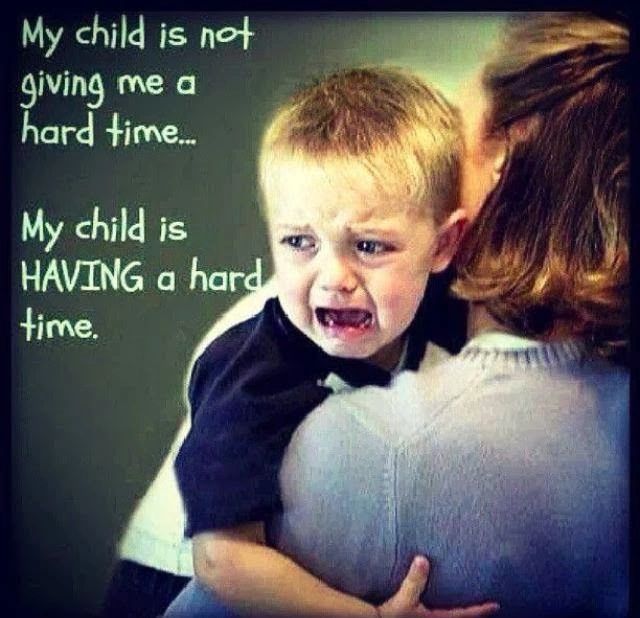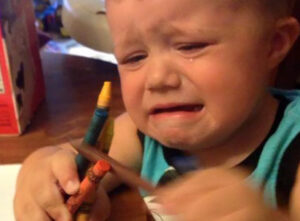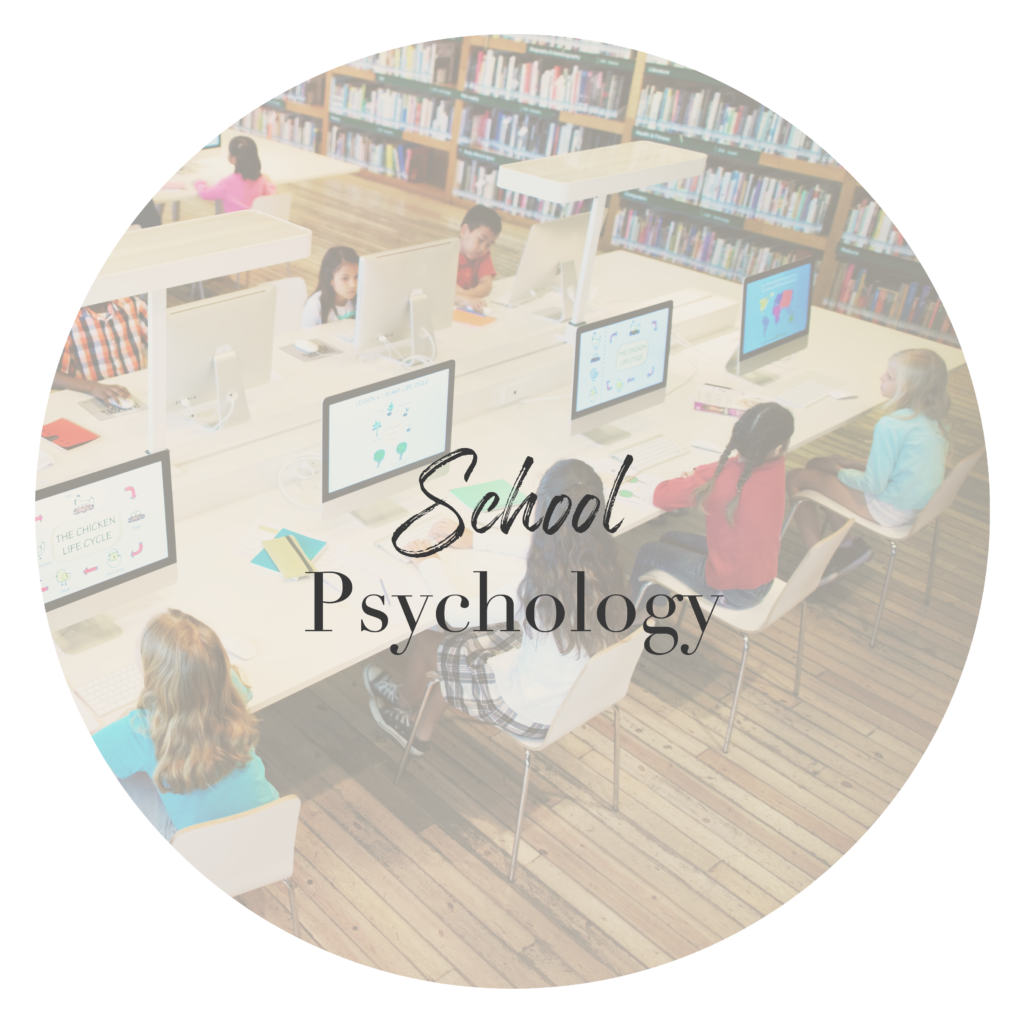First, forgive yourself for trying too hard and then turn your attention toward suffering.
SUFFERING
Whose suffering? Because as the adult in a kid/adult relationship, we feel significant suffering when there is chronic misbehavior. Chronic misbehavior will overwhelm our patience, confront our confidence, and challenge our moral decision making in the moment. Plus, misbehavior can actually be strengthened by our attempts to stamp it out. Misbehavior can become chronic and even more resistant to change, when adults ‘amp up’ the consequences. I agree this ‘amps up’ our own suffering, but let’s not forget who is in charge here. Adults indeed have all the power in the situation even when we feel we don’t. How do I know this? I know because children and teens are in much earlier stages of human development.
BRAIN AND BODY SYSTEMS
Adults have sturdier brain architecture with access to overlapping brain systems (Panksepp & Biven, 2012) effective in tempering emotions and managing strong feelings. Adults also have a more fully developed Central Nervous System (Porges, 2011) to maintain a feedback loop intent on calming the body and focusing the mind to facilitate problem solving. In contrast, immature body and brain systems can short circuit and fragment our perceptions when there is sensory overload. This fragmentation is trauma.
In fact, Trauma Research (van der Kolk, 2014) is very clear that children are more easily traumatized than adults because children are profoundly dependent on adults for safety and survival. So, when adults feel emotionally overwhelmed by chronic misbehavior, we should think “my child/teen is suffering more”. By turning our attention to the suffering of a child, we can summon our patience and compassion. Furthermore, patience and compassion introduce the pause we need to calm and rethink. It’s useful to consider three barriers to accepting this premise that my child is suffering more than me.
BARRIER ONE – our own trauma
First, its true that many of us adults have high levels of anxiety and alarm as the result of our own trauma. Our high emotions in the moment makes it difficult to feel the emotions of others. Since teachers and parents have their own life history and at times were not protected enough to avoid being traumatized, historic trauma now becomes part of our everyday functioning. There can be emotional triggers igniting whole body reactions to; noise, chaos, fighting, whining, crying, and demands yelled by kids. In addition, let’s make no mistake in recognizing that living with a global pandemic is traumatic. Keeping children and teens safe and healthy is a parallel struggle with; food supply, mental health, housing security, lost income, family breakdown, and societal disruption. We can actually feel the fragmentation of trauma when we say “I can only focus on one thing. There is too much going on.” The best we can do for ourselves to heal our own trauma, is seek help. Help can come from surprising people and places. Help seeking is an important ingredient of resilience.
BARRIER TWO – Behaviorist thinking
The second barrier to turning our attention to child suffering, is the unexamined pre-emptive assumption that kids misbehave to manipulate us and get what they want. They want power, they want control, they want attention, are views still driving wide-spread school programs like Positive Behavior Intervention (2020), and books like “The Behavior Code” (Minahan & Rappaport, 2012). I do not recommend these behavior approaches because healthy, intelligent kids of any age actually do need power and control in their own life. And what else is there to want in life besides the attention of our friends and family? Where we get it so wrong, is believing kids want power and control over us and are too demanding of us. Actually, adults feel overwhelmed already with the challenges and pace of life, so difficult behavior from kids is often that ‘last straw’. If we’re not giving time generously enough to our kids, we will create neediness, whining, and reactive behaviors. Yet, there are ways to improve relationships with our kids, no matter how busy we are.
I like to say that behavior speaks, but doesn’t communicate very well. So, lots of misbehavior occurs because emotions are first, fast, and forceful compared to thought and language. For example, teens yell at us when they are alarmed, lonely, or frustrated with new challenges, kids bully when they feel insignificant, kids rip up their assignment in shame, kids cry to release tension and anxiety, kids instigate chaos to match their inner chaos, kids lie to protect their self-esteem, kids retreat to seek closeness and connection, and kids are restless when they need more challenge and novelty. Kid behavior is predictable enough to be understandable.
BARRIER THREE – seeing what is missing
The third barrier is not knowing to look for what is missing. I am saying that we have to see what is missing and when we can’t, all we give our attention to is the misbehavior. What is missing becomes our new mode of addressing chronic misbehavior. We’re not going to use consequences that can strengthen misbehavior, instead we’ll see the suffering and wonder what this child or teen is missing. For this discussion we can use a very short list of what might be missing; caring feelings and a sense of hierarchy. Are we asking this child to be responsible before they have caring feelings? Are we asking this teen to follow our lead or follow directions before they have a sense of their place as a follower, respect for authority, in other words a sense of hierarchy in relationships?
CARING FEELINGS
Caring feelings cannot be taught. Caring feelings are created from feeling cared for, in many ways, in many situations and location, many times over time, by someone who cares. This is care-giving to nurture care-receiving, hopefully occurring spontaneously, multiple times each day. Caring is natural and normal to healthy Attachment and also crucial to grow the capacity to care about oneself, care about others, and take care of the world. Caring from adults has to be authentic, to recreate caring in others. Also, caring has to be authentic for children and teens to accept caring. Caring is always a two-way street. Truthfully, we have all experienced failed attempts to take care of unruly preschoolers or care about our depressed teen. This is why love is not enough and our best intentions can be fruitless. Development of caring capacity takes time, however its time well spent, because children and teens who are missing caring feelings are prone to; refusal, rejecting, avoidance, and stuck defences.
SENSE OF HIERARCHY
A sense of hierarchy can be taught. However, there is an important difference between kids whose sense is to respect authority, as opposed to fear authority. I argue that teaching as a method to gain a sense of hierarchy is inferior to using Attachment. The reason is, its much preferrable for our kids to respect adults because of great character traits like integrity, patience, and honesty; rather than respect adults in fear of coercion and consequences. Teaching modes can talk about hierarchy, authority, and leadership, but only the ongoing experience of safety and connection within a healthy Attachment relationship with an adult, results in respect and trust. Coercion teaches kids how to “game” the system and consequences need very thoughtful, infrequent use to be helpful. (blog post to come)
Attachment is a way of being. Being a trustworthy role model offers kids an aspirational prototype, characterized by integrity, patience, and honesty. Attachment is also a way of talking to generate feelings of sameness, belonging, and loyalty in this child or teen. We will generate feelings of sameness by saying “I was thinking the same thing, we love math, that happened to me too, I see your patience, your integrity is showing”. To generate feelings of belonging say “I understand you, I like you, I care about you, I hear you, I like to hear what you say, I like to see what you make”. And to generate feelings of loyalty try “I will wait for you, I will listen to you, I see your strong feelings so let’s figure this out”. Again, this takes time, but time well spent, because children and teens who are missing a sense of hierarchy are prone to; denying, deflecting, minimizing, blaming, and bullying.
IMMATURE EMOTIONALITY
When we are engaged in stand-offs or battles with kids, our emotions don’t have to be heightened, triggered, and overwhelmed. Instead we can turn our attention to child suffering and look for missing feelings like care and respect, but there is more to do yet. Here is the truth, unmet emotional needs are at the heart of chronic misbehavior. In other words, chronic misbehavior is the result of emotional needs going unmet for too long. Unfortunately, chronic misbehavior will create mental health challenges and will stall emotional development.
Yes, continue to work on developing those missing feelings, but also keep in mind that we’re working with immature emotionality with ‘no holds barred’. Right? Children and teens do not fight fair, no rules, no boundaries, they keep the bar low. Adults cannot do that and maintain the integrity, patience, and honesty necessary to be an Attachment role model. So, please recognize how immature emotionality can easily overwhelm our patience, confront our confidence, and challenge our moral decision making in the moment. The hallmarks of immaturity are; one big emotion at a time, ‘tell it like it is’ with no boundaries, lack of perspective, lack of foresight, lack of hindsight, easily reactive/ upset /alarmed, aggression often without words, and a natural tendency to take charge, be bossy, or bully (Neufeld, 2015). Do you recognize these traits in your preschoolers? School aged children? Teens? Adult peers? Well, this is evidence that human development is long journey. We can understand immature emotionality at the youngest ages, but the goal is always to support emotional development to maximize maturity along the entire journey of human development.
RIVER METAPHOR
The frustrations we face in attempting to control, manage, and change the behavior of a child or youth, is captured by this metaphor.
Human development is like a river. The river is flowing as quickly and efficiently as it can, considering the impediments and terrain it encounters. The water moves continuously on its own, but additionally, the rate of water flow changes with the seasons, just as development is uneven. Pushing a river is futile. Forcing a river to change direction can have unpredictable disastrous consequences. Like a river, human development takes a natural course of its own so maturation is just as much about what we can protect and nurture, as it is about what we cannot control in the flowing river. Our most fruitful actions will be to understand the terrain and remove the most problematic impediments.
Removing the largest impediments allows child behavior to change. This means taking children or teens out of environments they are not ready to understand and manage. Also, be well aware of sources of pollution and violence. Plus, notice when this child or youth needs a bigger world with more challenge and novelty or a smaller world with more safety and connection.
Emotional Development – love this topic! Lots more to talk about.
Message me about the children or youth in your care.
Devon Wolfe
WolfeWisdom.ca








